The Cost of Farming
The Cost of Farming
Whether by their own resources, bank loans, or later government programs, a farmer’s success at producing crops and livestock for market was dependent upon a source of capital, good choices, and in many cases, luck.

Hand Tools and Mechanization
Whether by their own resources, bank loans, or later government programs, a farmer’s success at producing crops and livestock for market was dependent upon a source of capital, good choices, and in many cases, luck.
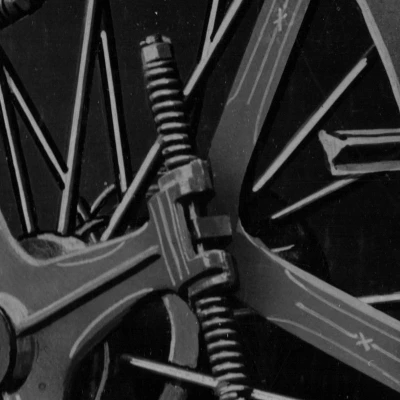
Tractors Replace Animal Labor
As tractors became more affordable, McLean County farmers began to replace their animal labor.
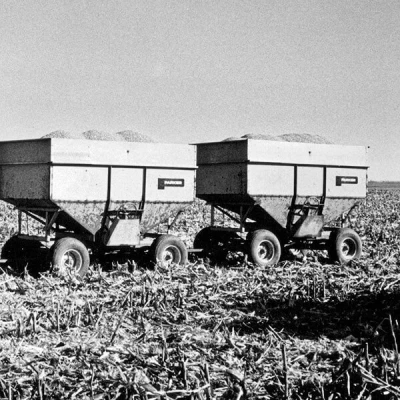
New Technology: Bigger Equipment
As yields increased and technology improved, the equipment McLean County farmers used to transport their crops and livestock changed too.
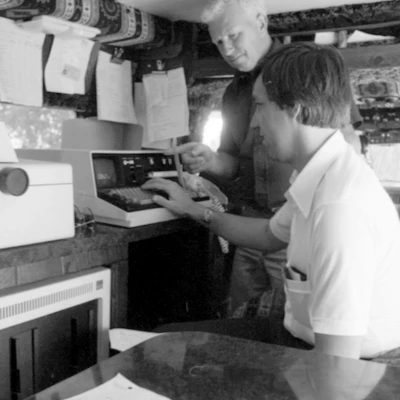
New Technology: Computers
In the 1970s, area farmers began to use computer technology to improve yields and profits.

Government Aid and Programs
The U.S. government first provided loans and incentive programs to farmers for farm land and equipment in 1916. The programs helped farmers get needed capital, and provided a kind of safety net for when conditions out of the farmers control dramatically impacted the markets. Later, funding for the conservation of the land and price supports coupled with set aside programs helped to reduce surplus.
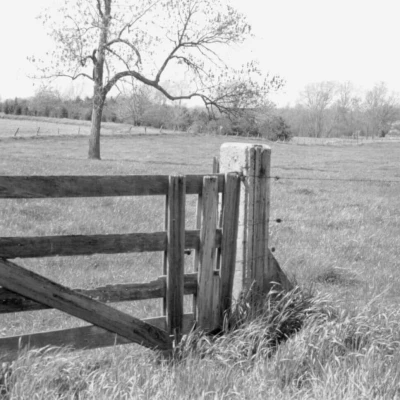
Fencing
Largely unchanged since its initial passage in 1819, the Illinois Fence Act provided that adjoining landowners "shall make and maintain a just proportion of the division fence between them."

Farm Improvements
Farm improvements, such as fences, barns, sheds, and grain storage were expensive additions. But, they were also necessary if the farmer wanted to increase production and profits.
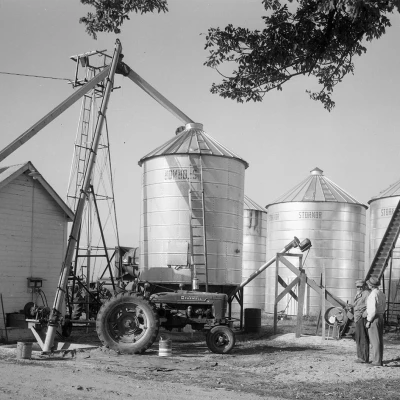
Outbuildings
During the 19th century, the height of a corn crib was generally limited to the height a farmer could physically scoop. But when horse-powered portable grain elevators arrived, McLean County farmers began building larger cribs.
 Making a Home
Making a Home
 A Community in Conflict
A Community in Conflict
 Working for a Living
Working for a Living
 Farming in the Great Corn Belt
Farming in the Great Corn Belt
 Abraham Lincoln in McLean County
Abraham Lincoln in McLean County